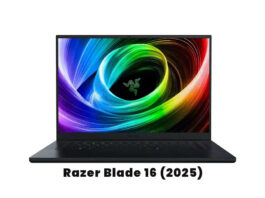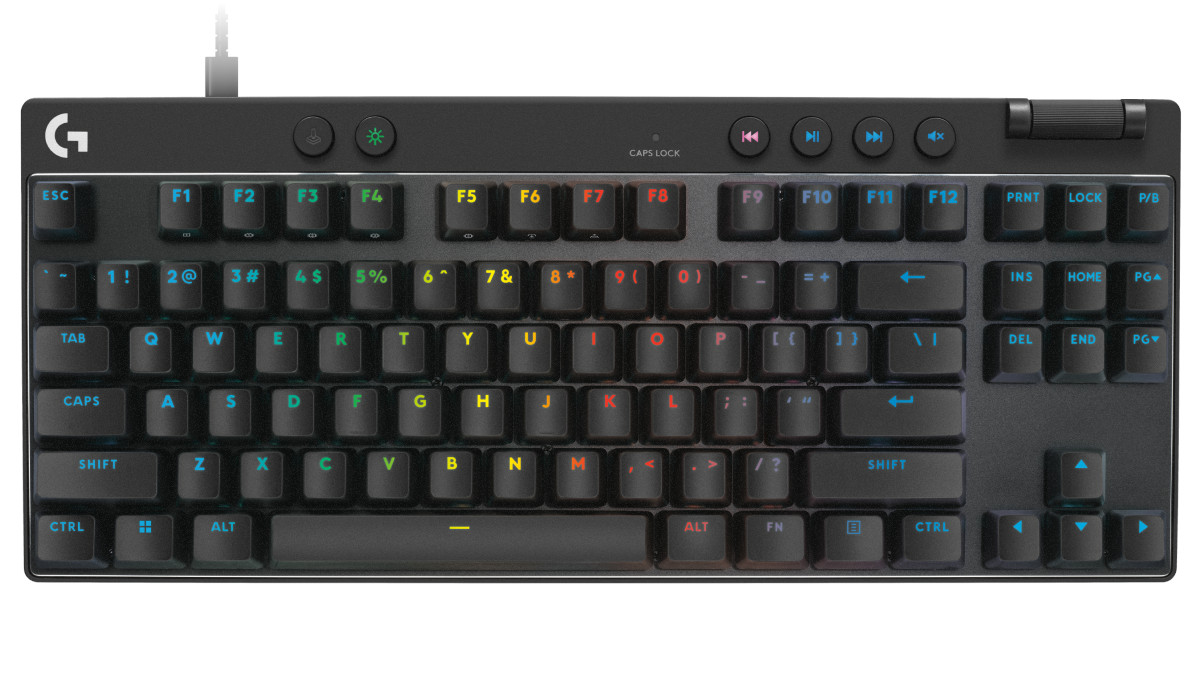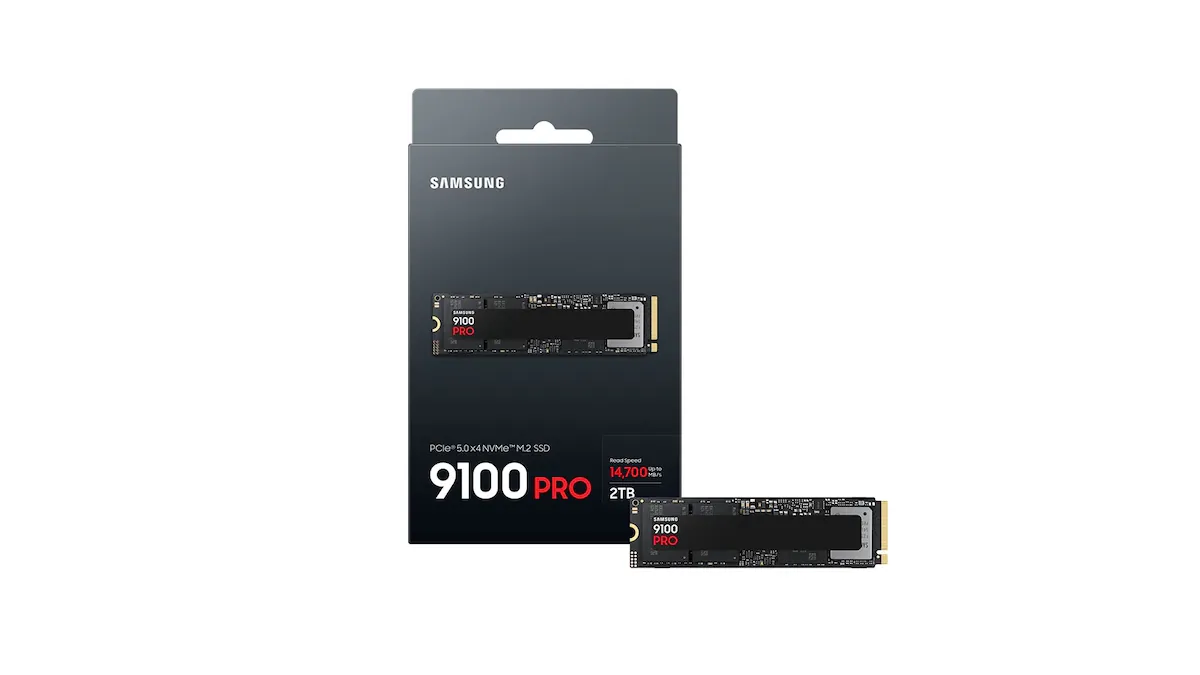Nikon, a renowned name in the camera industry, has been facing stiff competition from Canon and Sony. The decline of DSLRs saw Nikon trailing behind these rivals. However, in 2022, Nikon made a comeback with the Z9, a top-tier mirrorless camera. Despite its impressive features, the hefty price of $5,500 made it inaccessible to many. To cater to a broader market, Nikon introduced the Z8, a camera nearly identical to the Z9 but priced $1,700 lower.
Nikon Z8 Review: Key Features
The Z8, equipped with a 45-megapixel stacked sensor and the latest Expeed 7 image processor, is versatile. It’s suitable for various photography genres, from sports and wildlife to landscapes. Moreover, it’s a potent video camera, capable of 8K RAW internal capture at up to 60 fps.
The only other camera that matches the Z8 in terms of speed, resolution, and video capabilities is the Sony A1. However, the A1 is significantly more expensive, costing an additional $2,200.
Nikon Z8 Review: Body and Handling
The Z8’s design is reminiscent of the Z9, minus the battery grip. Weighing in at 910 grams (2 pounds), it’s heavier than the Sony A1, which weighs 737 grams. This bulk might appeal to professionals or those who prefer a larger camera body, but it’s not ideal for travel. Nikon offers a $346 battery grip (the MB-N12) with secondary controls for the Z8, effectively transforming it into a Z9 for a fraction of the cost.
The Z8 boasts a comfortable grip and all the expected controls, including a joystick, D-Pad style menu control, switch for camera/video settings, and front and rear dials. Nikon users will find the layout familiar, but it might feel awkward for users of other brands.
Nikon Z8 Review: Display and Battery Life
Unlike the A1, the Z8 features a top display that shows key settings like shutter speed, aperture, and battery life. This display is a convenient way to see all settings at a glance. However, the Z8 lacks a fully articulating display, limiting its potential as a vlogging camera.
The electronic viewfinder’s resolution is a bit low for a camera in this price range, especially compared to the Sony A1’s 9.4 million-dot display. Battery life is also on the weaker side, offering 420 shots per charge, compared to 490 shots for the Canon R5 and 530 for the A1.
Nikon Z8 Review: Performance
The Z8, with the fastest high-resolution stacked sensor available, is incredibly fast for a 45-megapixel camera. It can shoot RAW photos at 20 fps and JPEGs at 30 fps. The hybrid phase-detect autofocus is Nikon’s best to date, offering reliable subject tracking and fast, accurate face, eye, and animal detection.
However, the Z8’s autofocus isn’t as dependable as the A1’s when shooting at the highest speeds. It occasionally struggles to track subjects, particularly those moving towards the camera, resulting in some out-of-focus shots.
Nikon Z8 Review: Image Quality
The Z8 shares the same excellent sensor as the Z9, ensuring identical image quality. With 45.7 megapixels, it delivers sharp photos, comparable to the 50-megapixel A1 and second only to Sony’s 60 MP A7R V in the full-frame realm. Dynamic range is also outstanding, arguably a touch better than the A1.
JPEG images are bright and punchy straight out of the camera, with the best results in terms of colors from the Natural Light Auto white balance setting. Colors are accurate, though skin tones aren’t quite as warm as Canon’s R3 or R5.
The Z8 performs reasonably well in low light, too. Grain is well-controlled up to about ISO 6400, and shots are usable at ISO 12800. Beyond that, noise can become distracting. That lines up with Canon’s R5, but Sony’s A1 performs a bit better in dim lighting.
Nikon Z8 Review: Video Capabilities
The Z8’s video specifications are impressive for a non-cinema camera, surpassing the capabilities of the A1. It can capture RAW video at up to 8K 60p in Nikon’s 12-bit N-RAW or 8K 30p with 12-bit ProRes RAW HQ internally, but only to CFexpress cards. It also records 4K video oversampled from the full width of the sensor at up to 60p, and full-width 4K up to 120p — all in RAW.
Interestingly, Nikon recently acquired RED cameras, thereby gaining ownership of the RED RAW video patent that had been a hurdle for many other companies, including Apple. It will be intriguing to see if Nikon relaxes its enforcement of this patent and how this acquisition might influence the technology in its future models.
Like its photo capabilities, the Z8’s video autofocus is quick and reliable, effectively tracking subjects, faces, and animals. It can manage challenging situations like subjects moving towards the camera, although not quite as well as the A1.
The 8K and 4K oversampled video is extremely sharp. Colors are accurate, but skin tones aren’t quite as warm as on Canon’s latest models. The dynamic range is excellent, particularly in the ISO 400-800 level in ProRes mode, facilitating post-production adjustments of shadows and highlights. If you’re a fan of shooting ProRes footage, be prepared to invest in some high-capacity CFexpress cards, as the files can be quite large.
One area where the Z9 outperforms the Z8 in video is thermal performance. The Z9’s larger body allows for 125 minutes of 8K 60p recording compared to 90 for the Z8 before overheating. However, very few content creators will need to continuously shoot 8K video for such extended periods.
Nikon Z8 Review: Conclusion
The Z8 is a highly competent camera, demonstrating that Nikon needs to offer as much speed and power as possible to compete with Canon and Sony. For many hybrid shooters, the Z8 is a more appealing option than Sony’s A1, especially when it comes to video.
While the Z8 outperforms the Sony in several areas, its autofocus isn’t quite as good — arguably the most crucial feature on any camera. Photographers who require a mechanical shutter (for flash photography, etc.) will need to consider other options. Another 8K-capable full-frame mirrorless model is Canon’s R5, which falls short of both models in many aspects but is cheaper at $3,200.
The decision to purchase this camera might depend on the system and lenses you already own. However, if I were starting from scratch, I’d choose the Z8 over Sony’s A1, as you get the camera plus a very good lens for the same price.
here’s a breakdown of the Nikon Z8’s performance in various aspects:
| Aspect | Score out of 100 |
|---|---|
| Overall | 94 |
| Image Quality | 98 |
| Features and Performance | 90 |
| Build Quality | 95 |
| Ergonomics & Handling | 92 |
| Metering & Focus Accuracy | 93 |
| Low Light / High ISO Performance | 91 |
Discover more from NewForTech
Subscribe to get the latest posts sent to your email.










